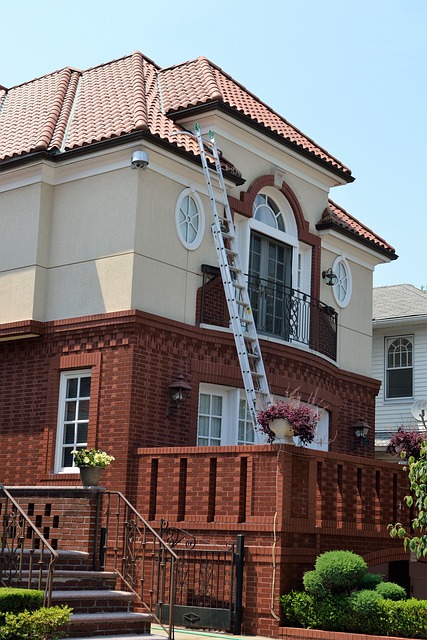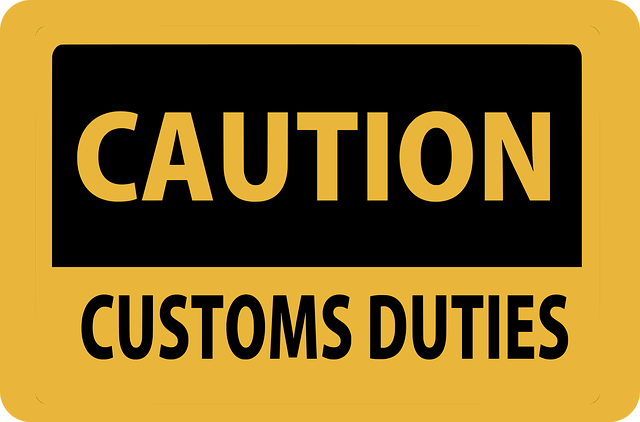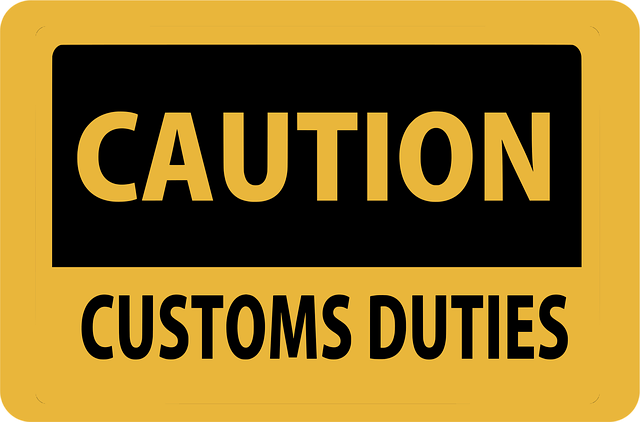Regular and thorough building inspections are vital for real estate professionals to prevent costly repairs and legal issues. Focusing on structural integrity, including foundations, walls, floors, roofs, and mechanical systems like plumbing, electrical wiring, HVAC, ensures long-term property value, safety, and sustainability. Proactive maintenance identifies wear and tear early, preventing major issues and enhancing property value in the real estate sector.
In the real estate sector, identifying structural and mechanical issues is paramount for investors and homeowners alike. This comprehensive guide delves into essential practices for navigating potential problems. By conducting thorough building inspections, assessing structural integrity, and scrutinizing mechanical systems for signs of wear and tear, you gain valuable insights into a property’s health. These steps are crucial for ensuring safety, mitigating risks, and making informed decisions regarding repairs or renovations.
Conduct Comprehensive Building Inspections

Regular and thorough building inspections are paramount for real estate investors, owners, and managers alike. These comprehensive assessments go beyond a surface-level evaluation; they involve meticulous examination of every component within a structure to uncover potential issues. During such inspections, professionals scrutinize structural integrity, looking for signs of damage or wear in foundations, walls, floors, and roofs. They also inspect mechanical systems, including plumbing, electrical wiring, HVAC (heating, ventilation, and air conditioning), and more, to ensure they are functioning optimally and safely.
Such detailed inspections serve as a preventive measure, enabling proactive addressing of problems before they escalate. In real estate, this means maximizing property value and minimizing costly repairs or legal issues down the line. It’s an investment in peace of mind, ensuring that any mechanical or structural concerns are identified and rectified efficiently, thereby promoting long-term sustainability and safety for occupants.
Assess Structural Integrity and Stability

When evaluating a property in real estate, assessing structural integrity and stability is paramount. This involves meticulously inspecting the building’s foundation, walls, floors, and roof for any signs of damage or weakness. Cracks in foundations, uneven floors, and sagging ceilings can indicate structural issues that may compromise the safety and longevity of the property.
Professional inspectors should also check for proper alignment and support systems, such as beams and columns. In older homes, assessing the integrity of structural elements like staircases and balconies is crucial. By ensuring these components meet current building codes and standards, potential buyers or investors can avoid costly repairs and ensure the property’s stability for years to come.
Identify Wear and Tear in Mechanical Systems

In the realm of real estate, identifying structural or mechanical problems is paramount for maintaining and increasing property value. When evaluating a property, a keen eye for wear and tear in mechanical systems can reveal potential issues that may otherwise go unnoticed. Regular inspections should include thorough checks of critical components such as plumbing, electrical wiring, heating and cooling systems, and roofing.
Wear and tear can manifest in various ways, from corroded pipes to frayed wires or outdated HVAC units. Property owners and managers must stay proactive by scheduling routine maintenance and addressing minor issues promptly. By doing so, they can mitigate the risk of more significant and costly repairs down the line, ensuring the long-term health and efficiency of these mechanical systems.






